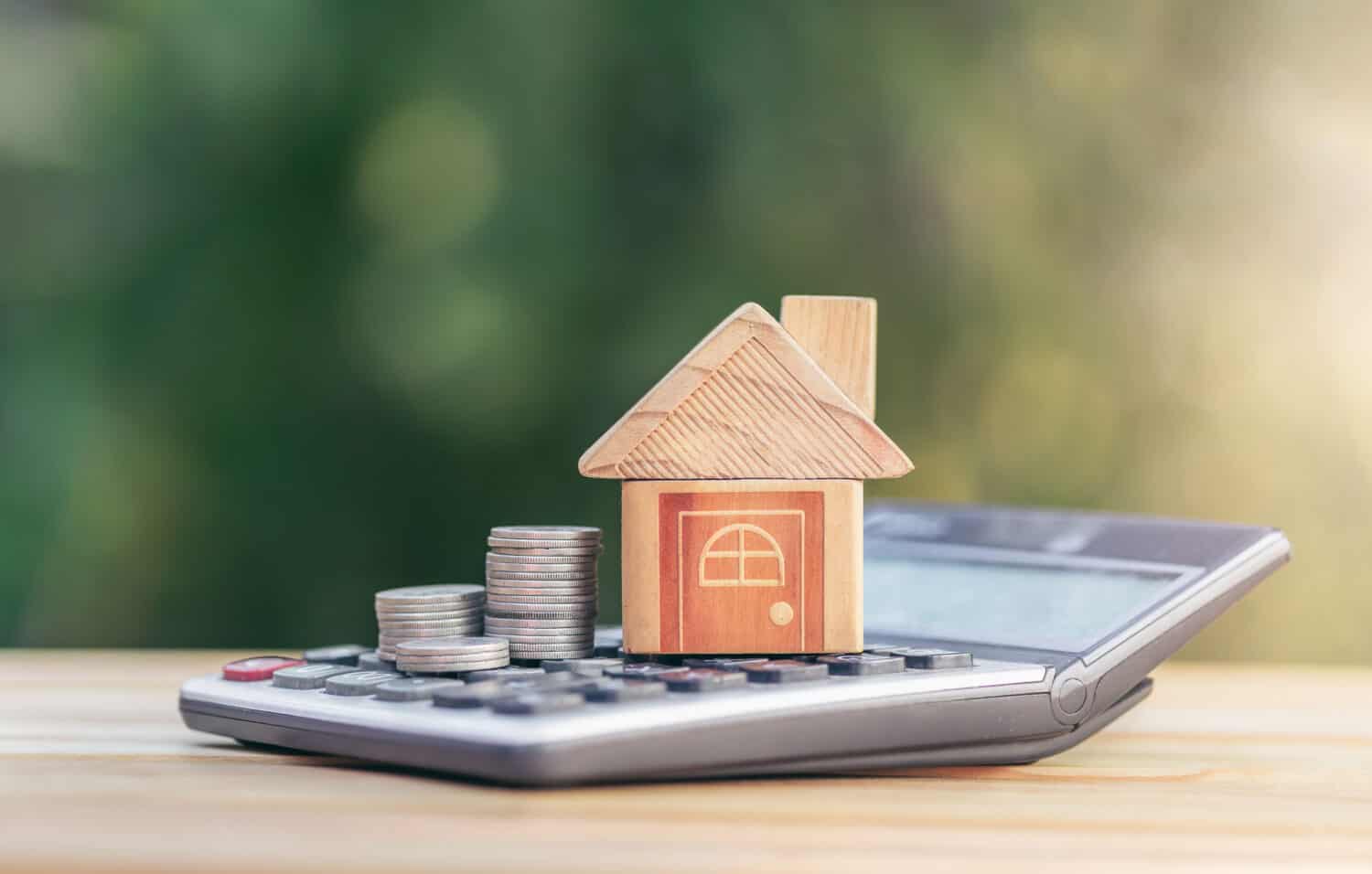Personal Finance
High Interest Debt and No Emergency Savings? Here Are Your Options.

Published:

Many of us are swimming in debt.
As of the second quarter, American households have about $17.796 trillion in debt, which breaks down to about $104,215 per household. Mortgage debt makes up about 70% of the household debt. Credit card debt is up to $1.142 trillion, with households seeing an average balance of $6,501 in addition to hefty interest debt.
Meanwhile, nearly a fifth of Americans have no emergency savings to speak of.
In fact, according to a new Empower report titled “In Case of Emergency,” the average amount of emergency savings for Americans is just $600.
If you’re in that camp, should you build up an emergency fund? Or pay down the debt first?
In the ideal situation, your goal should be to save at least three to six months’ worth of living expenses in an emergency. Unfortunately, we can’t predict serious life changes or a loss of income, but you should at least have peace of mind knowing you have some sort of cushion.

There are three ways to tackle high-interest debt.
One is to focus on the smaller balances first. That way, you free up even more cash for the heavier debt. Then, once the smaller debts are paid off, you now have new cash flow to tackle to make extra payments on higher interest balances.
Granted, that’s easier said than done at the moment. I get it. But slow and steady win the race.
Two, you could make just minimum payments on all of your debt and put a chunk into the expense with the most interest. Or three, you could take out a consolidation loan, wipe out all of the outstanding debt, and have one balance. Not only could this allow you to manage your debt a bit better, it may also allow you to put extra funds into an emergency account.
When it comes to debt, just remember to breathe. Things will be ok.
Saving three to six months of expenses is also easier said than done.
If you can’t swing that, start small with an emergency savings goal of at least $1,000. Sure, it’s small but it’s a safety net, and it’s a start. In fact, if you can put away about $85 a month, you’ll reach that goal and have some wiggle room. However, be sure to store this in a separate “don’t touch” account, automatically depositing money every time you’re paid. Plus, if you ever receive another source of income, such as a bonus or a gift, put it directly into that “don’t touch” account instead of spending it immediately.
Or, look at your current spending habits to save.
For example, how often do you go out to eat as compared to saving a few dollars and a few calories by making meals at home? How often are you grabbing drinks with friends? Perhaps you have subscriptions you could live without for a while. Sure, you should have fun and live life to the fullest with your money, too. But maybe cut back here and there.
Small attainable goals created with a clear plan can help you pay down debt and build your emergency savings.
Start by taking a quick retirement quiz from SmartAsset that will match you with up to 3 financial advisors that serve your area and beyond in 5 minutes, or less.
Each advisor has been vetted by SmartAsset and is held to a fiduciary standard to act in your best interests.
Here’s how it works:
1. Answer SmartAsset advisor match quiz
2. Review your pre-screened matches at your leisure. Check out the advisors’ profiles.
3. Speak with advisors at no cost to you. Have an introductory call on the phone or introduction in person and choose whom to work with in the future
Thank you for reading! Have some feedback for us?
Contact the 24/7 Wall St. editorial team.